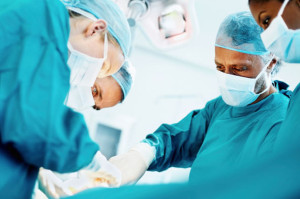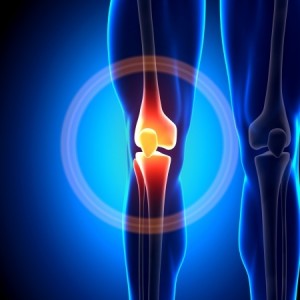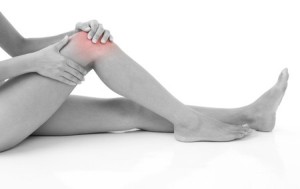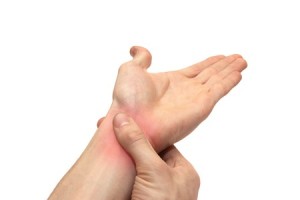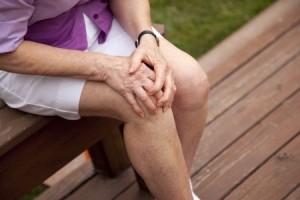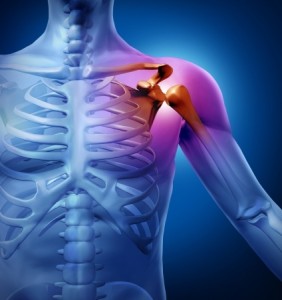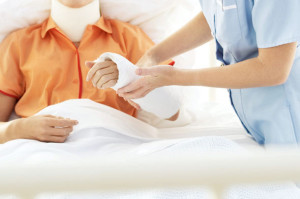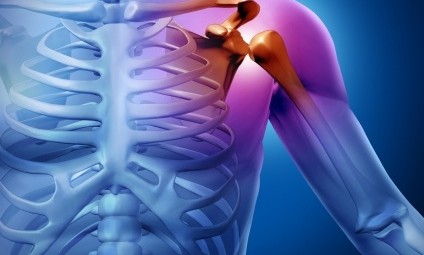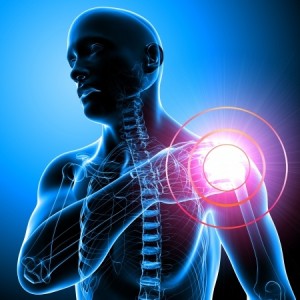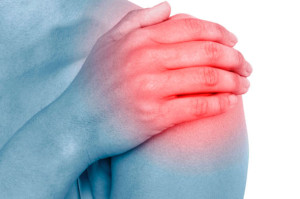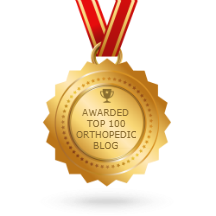While most fractures can be treated with casting and immobilization, severe fractures may require surgery. It is important to find a skilled surgeon for severe fractures to perform the treatment. Below, we’ll explore the basics of surgery for fractures, as well as where you can find the top fracture doctor in California. 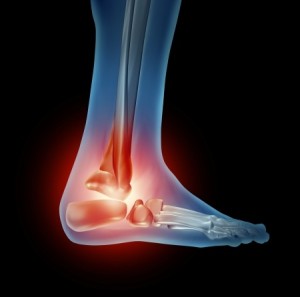
About Fractures
A fracture is a break to a bone. Fractures range in severity from hairline fractures to full breaks of the bone that push through muscle and skin to breaks in multiple locations. All fractures are medically serious and require prompt intervention to promote full healing and prevent complications.
Left untreated, severe fractures can cause serious complications, such as failure of the bone to heal and compartment syndrome, which can threaten the integrity of the entire limb. Therefore, people who think they may have a fracture should see a doctor immediately.
Severe fractures often cause severe pain and the bone may be visibly or palpably broken. It may even protrude out of the skin. Minor fractures may cause significant swelling and pain. All types of fractures may make it impossible or extremely painful to move the affected body part.
Surgery for Severe Fractures
Severe fractures need to be set so that they can heal properly. This is accomplished using open reduction and internal fixation.
During open reduction, the doctor sterilizes and opens up the affected part of the body. He then moves the bone back into its normal position, preserving other structures and operating on ligaments and muscles if necessary.
During internal fixation, the doctor uses devices such as rods, screws, and pins to keep the bone in place. This allows the bone to heal properly. Once the bone heals, the hardware may be either left in place or removed depending on the situation.
Open reduction and internal fixation is a major surgical procedure, and patients usually stay in the hospital for 1-7 days after treatment. During this time, the hospital staff will monitor for complications, keep the pain under control with medications, and help the patient move as much as possible.
Casting and immobilization usually continue for several weeks after surgical treatment. It may take several months to fully rehabilitate the affected body part and allow the patient to return to all normal activities.
Top Surgeon for Severe Fractures 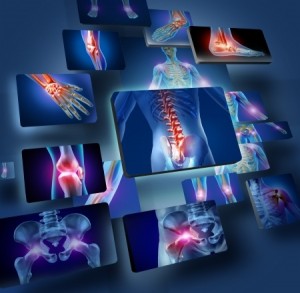
Dr. Howard Marans, a skilled orthopedist and sports medicine specialist, is the best surgeon for severe fractures in California. Throughout his 20-year career, Dr. Marans has earned acclaim for his skill in the operating room and his individualized approach to each patient’s treatment.
Dr. Marans would be happy to meet with you about your orthopedic health. To schedule a consultation today, please click below and enter your information or call OC Orthopedic at 714.979.8981. If you think you may have a severe fracture or other medical emergency, call 911 or visit an emergency room.


